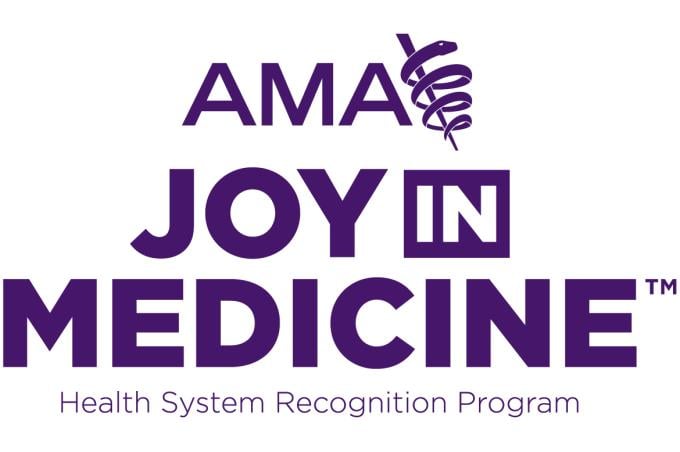Health systems and physician practices alike are now facing the question of how to integrate augmented intelligence (AI)—often called artificial intelligence—into the workplace. If implemented correctly, AI can be a great help to physicians. But how do you go about doing that?
“Physicians are our greatest asset in this medical group. They are on the front lines, and they are leading as well,” Vincient Liu, MD, MS, chief data officer of The Permanente Medical Group, said in a recent episode of “AMA Update.”
“Having physicians so deeply integrated into the decision-making around this technology and how it should be deployed is critically important,” he added.
The Permanente Medical Group is a member of the AMA Health System Program, which provides enterprise solutions to equip leadership, physicians and care teams with resources to help drive the future of medicine.
During his appearance on “AMA Update,” Dr. Liu shared his perspective on the how-to’s of adopting AI.
Determine why to use AI
Before pursuing any AI initiative, it's important to understand the reason for its adoption—what benefits would it provide?
The answer, said Dr. Liu, should always come back to the quadruple aim: Enhance the patient experience, improve population health, reduce costs, and improve the work life of physicians and other health professionals.
“Those are more important than they've ever been,” he said. "What are the enhancements that technology can bring to the everyday work that we have?"
That is what The Permanente Medical Group considered when it deployed ambient AI to work with all of its physicians in Northern California. Ambient AI, as Dr. Liu explained, is a device or system that listens to patients and physicians as they talk and summarizes the transcript.
“What we've heard is overwhelmingly positive feedback in terms of its ability to reduce the clerical burden of documentation [and] improve the engagement and conversation between patients and their providers," said Dr. Liu, who co-wrote a paper about the initiative. “It's just one step in trying to overcome … that clerical documentation or administrative burden, which frees up doctors to do what they love to do, which is communicate with patients and interact with patients.”
Build an AI team
Once you know what AI initiative you want to pursue, you need to build a team that will help support its adoption and implementation. That team, said Dr. Liu, should represent three distinct perspectives: clinical, IT and data science.
Clinical integration should focus on how an AI system will benefit physicians and be deployed in a workflow. The goal is that the system will be seamlessly integrated into the clinical team's everyday actions or activities while improving efficiency and effectiveness.
Having IT represented on any AI-adoption team is critical.
“Getting the data to the right place, then running the algorithm, then feeding the data back and presenting it in a way that's accessible and understandable by our clinicians, that's really important,” Dr. Liu said.
Data science is the newest addition for health systems to consider, Dr. Liu said. This perspective is necessary to understand how data is being collected, how it's being tested and evaluated, and how it's being integrated across the workforce.
Learn more with the AMA about the emerging landscape of augmented intelligence in health care (PDF).
Roll out an AI system
Once the AI-deployment team is established, it's important to consider how to train and educate physicians to adopt and leverage the AI system.
What differentiates AI implementation from previous tech rollouts is that more questions exist about how it works and what its deficiencies are. Dr. Liu routinely hears questions about what a neural network is or when to apply learnings from AI with confidence.
“Clinicians and humans are still in every loop, making decisions about what these data are telling them,” he said. “We teach them to take care of the patient in front of you and to integrate a diverse stream of data … in order to provide expert care to this patient."
The AMA has developed advocacy principles that build on its AI policy. These principles (PDF) address the development, deployment and use of health care AI. An AMA Ed Hub™ CME series, “AI in Health Care,” introduces learners to foundational principles in AI and machine learning.
“AMA Update” is your source for physician-focused news. Hear from physicians and other experts on trending public health concerns, practice issues and more—because who’s doing the talking matters. Catch every episode by subscribing to the AMA’s YouTube channel or listen to all AMA podcasts at ama-assn.org/podcasts.





